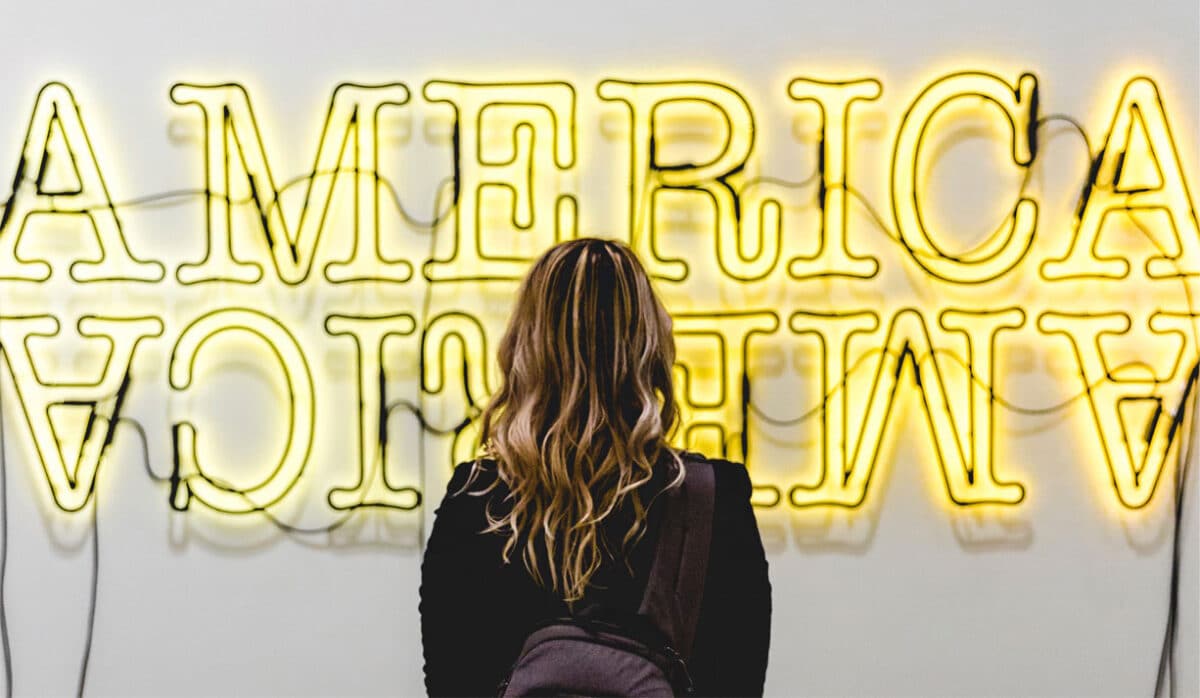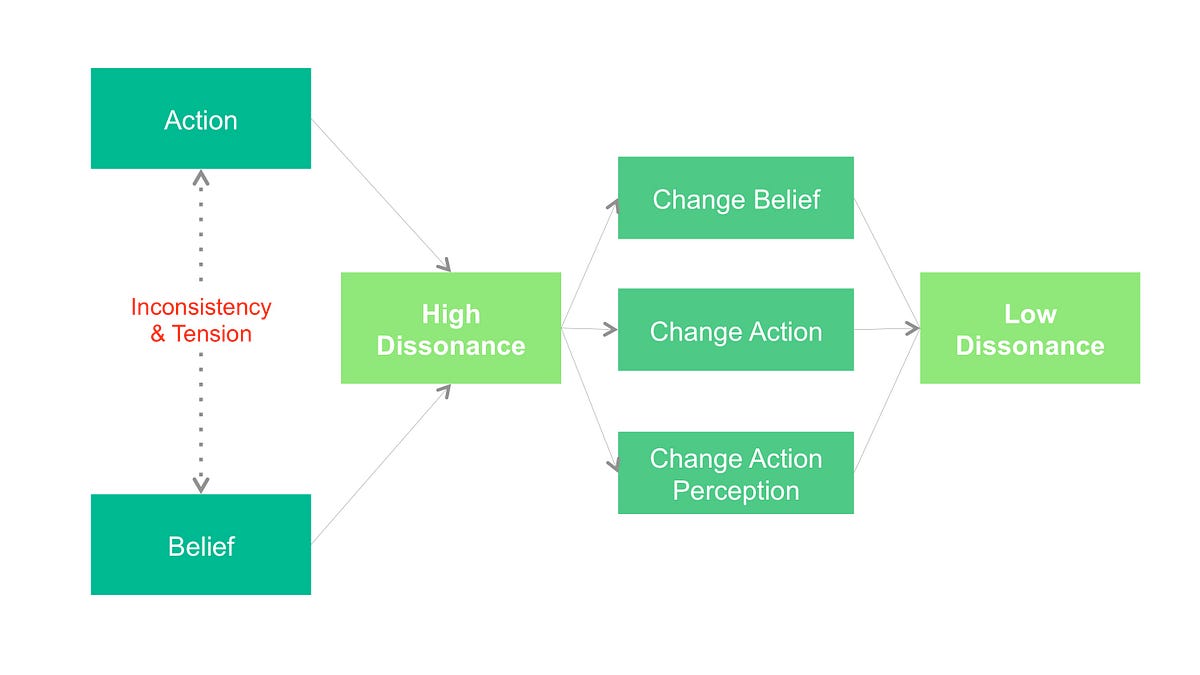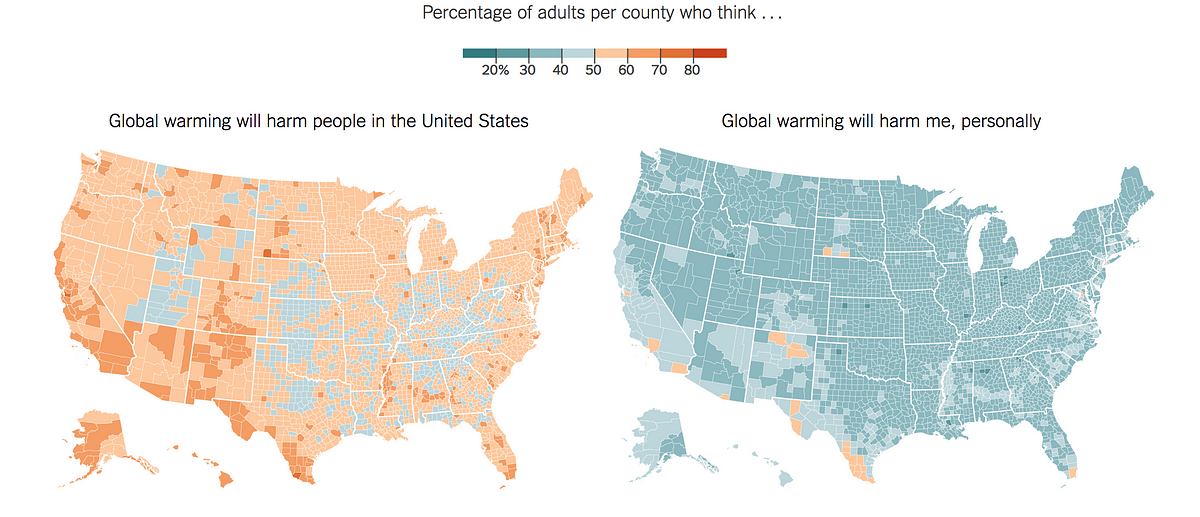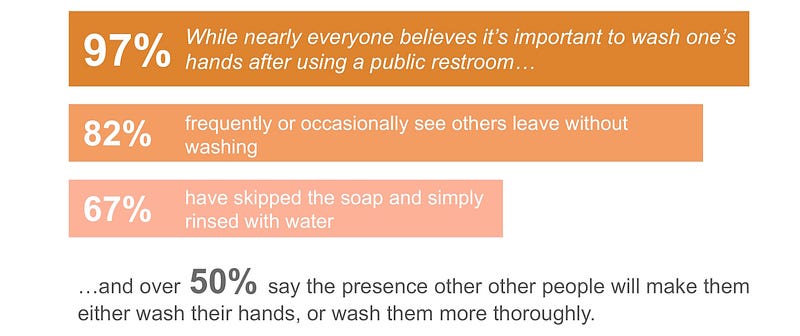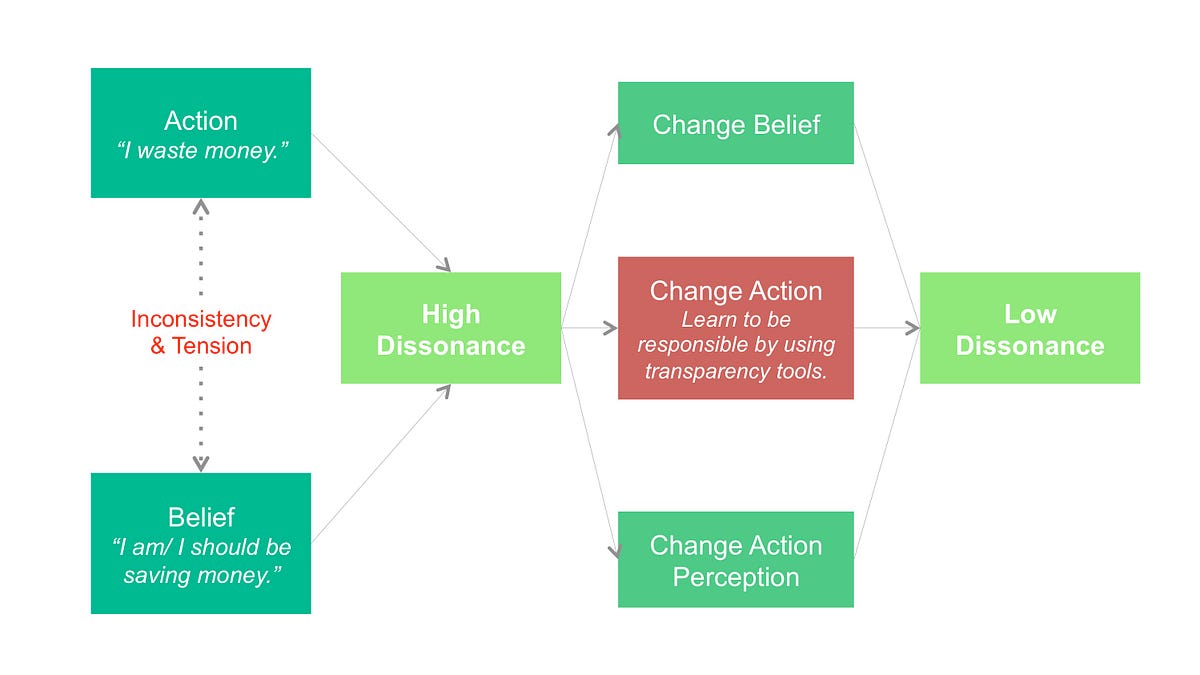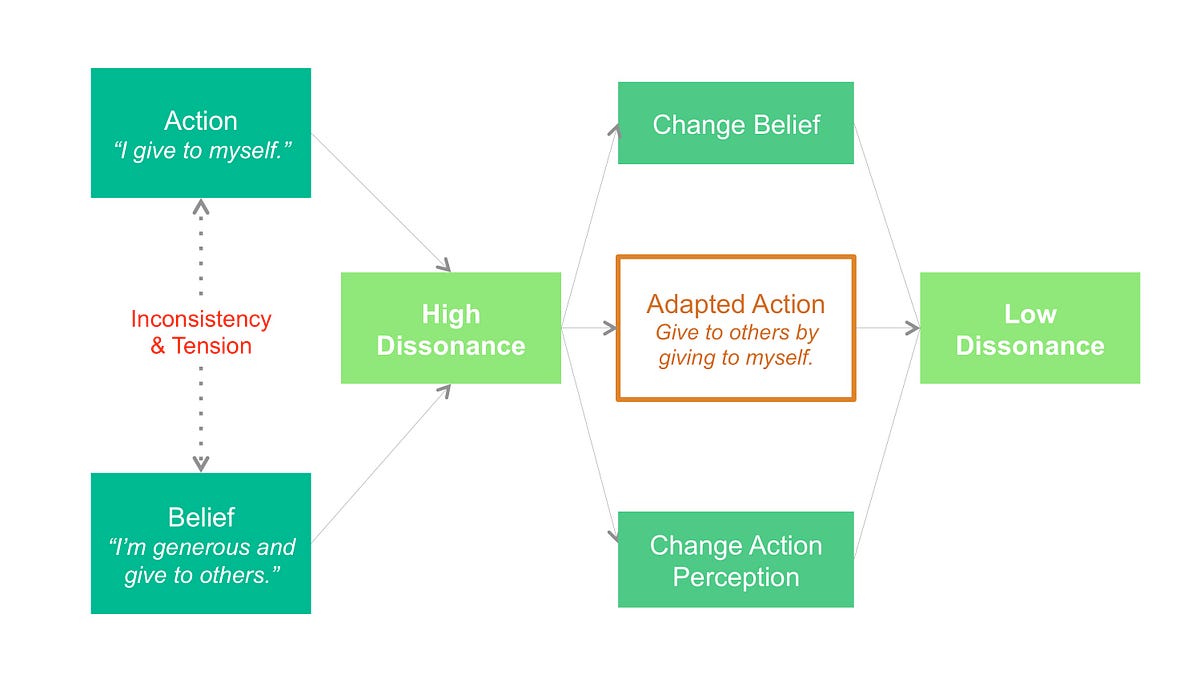Creating an immortal brand, no matter how many times it has to die in the process.
California has always intrigued me as a brand, and it’s not because I was born here.
It wasn’t until I left America that I fully understood the magnitude of everything that is the golden state. This is a brand that lives and morphs independently of its borders, in ways that are hard to appreciate until you take a flight out.
I’ve lived and traveled abroad over many years, but my six-month journey across Europe and Asia this past year forced me to see California the way others see it — a giant, amorphous bastion of freedom that can mean anything to anyone.
Not very specific as far as brands go, but surprisingly very powerful.
Whether it’s Designed In California, the hippie movement, the movie industry, a burgeoning technology sector, the countercultures of mind-expanding drugs, biker gangs and communal living, or picturesque beaches laid alongside snowy mountains, people perceive California as both uncontrollably alive and deeply exciting.
Decades of policy and planning, and a rich natural geography have lent themselves to that strong identity, but there’s something much bigger to recon with.
It is the vast mental geography that California represents in peoples’ minds — the constantly growing narrative of free opportunity — that’s fascinating from a branding perspective.
Somehow, despite America’s clearly declining brand in the international community (of which I got an anti-American earful in many cafes and Uber rides), the California brand continues to capture the hearts and minds of people who have never stepped foot in the state.
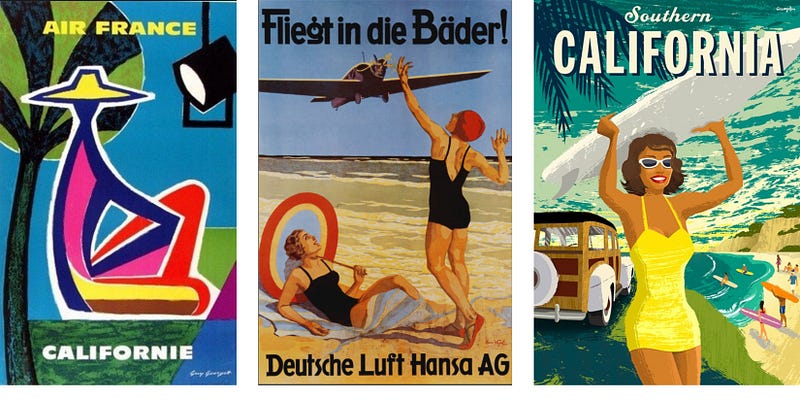
Noting a difference in reception a long time ago, I stopped introducing myself as from America, and instead defaulted to being a California native.
It’s one thing to tell people that you come from America. It’s quite a different thing to tell them you’re a Californian.
I’ll never forget a sales clerk in London who once said to me with complete sincerity, “You’re from California! Why did you come here?”
I get responses like this in wealthy countries, not-so-wealthy countries, westernized countries and non-westernized ones. I get it from people of all ages and backgrounds, each one taking a markedly different angle on what California means to them.
It’s worth asking ourselves why this brand works in ways that others don’t.
How has it implanted itself into the psyches of people so vastly different across mentality, lifestyle and age?
How has the California brand traveled so far, while meaning so many things to so many people at once?
… especially since the truth behind California isn’t always synonymous with the myth.
The road system is in the greatest state of disrepair it has ever been in, critical gridlock wastes immeasurable money and man hours, and the beaches you see in postcards are covered in litter.
Our homeless population is growing at alarming double-digit rate and the funds to help fix the situation are tied up in the court system. Hate crimes have jumped nearly as much as homelessness, all while prohibitive tax laws continue to cause valuable businesses (and their jobs) to leave.
And that sparkling sense of freedom?
It’s been complicated by a profoundly corrupt justice system, persistent gender inequality, continuously surprising/ unsurprising forms of racism and an economic reality that’s making it harder and harder to live here.
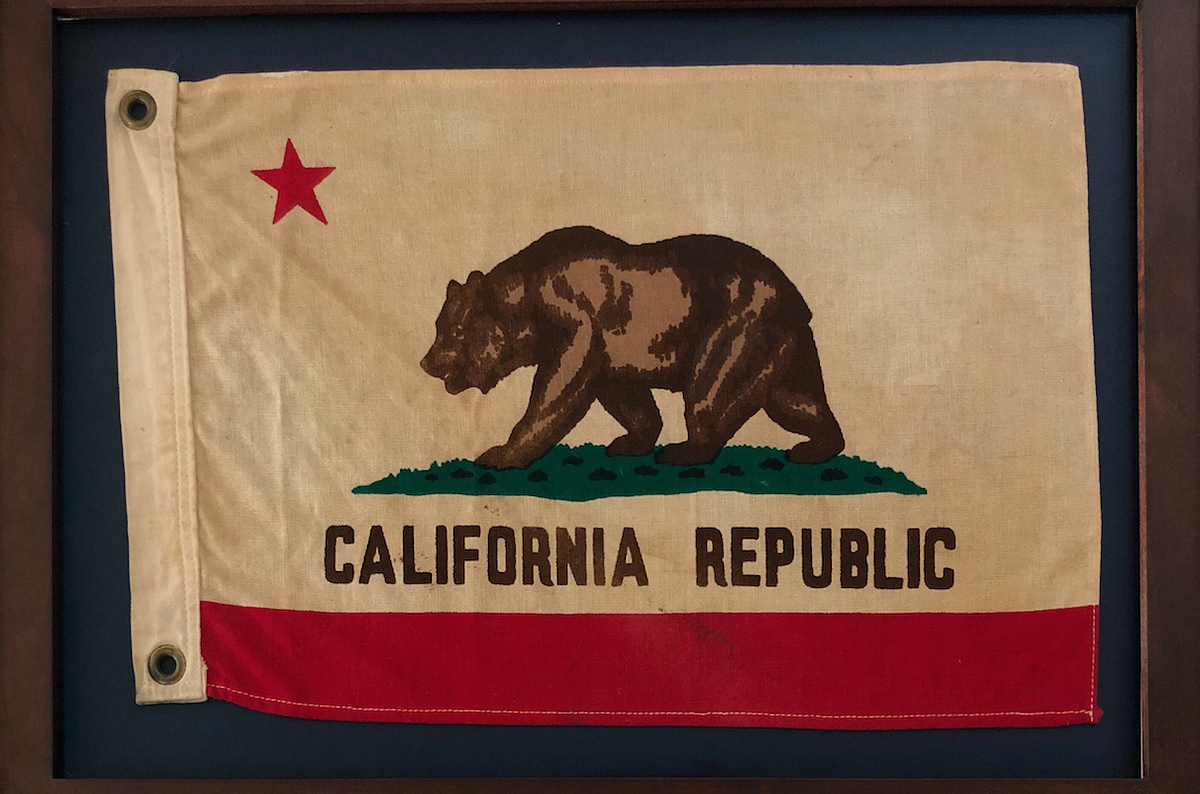
I could have told all of this to the sales clerk in London, but it wouldn’t have tarnished the California brand in her mind.
That’s because California isn’t really a place or an entity.
California is a belief.
And how does a belief persist for so long, despite inconvenient truths and lack of proof or experience? When that belief is reborn over and over again.
California has a way of dying, resurrecting, and regenerating itself. Our faith in it is continuously lost and then found. We forget and then remember ourselves once more.
That cycle is especially compelling from a distance, where a state that is reconciling its unappealing idiosyncrasies looks more like a brand that is rising to meet whatever need the viewer may have in his or her heart.
There is always the promise that California will become something new.

The Tireless Business of Rebirth
Being a bastion of freedom is a heavy brand pillar to carry.
Freedom isn’t concrete. It’s a belief with many definitions, and every definition is personal.
The vision of the ‘overnight success’, a clear sub-brand of freedom, has been reborn over and over again in this state:
- The rags to riches ideal of the Gold Rush starting in the late 1840s
- The 1930s golden age of Hollywood stars being born
- The wunderkind, college dropout millionaire of Silicon Valley today
Each one of these eras represents the emergence, death and rebirth of the ‘overnight success’ phenomenon, and thus a regenerated freedom belief anew.
Freedom, like every other belief, stays strong when it is kept alive… no matter how many times it has to die in the process.
We see another sub-brand of freedom in the vision of ‘self-discovery’.
- The health resort/ sanitarium movement of the 1870s (which has parlayed into a popular culture best demonstrated by the Rehab Riviera of today)
- The free love hippie movement of 1960s, which overlapped with the LSD and drug movement of the 1970s, and corresponding lifestyle communes we still see being developed in different regions
- The self-empowered food movements of recent history — such as Norman W. Walker’s juicing trend, the brain-powering Bulletproof coffee craze and the curious Moon Juice powders for everything from good sex to clear mindedness— all of which originated in California
We also see it in the notion of ‘escape’, or the freedom to leave, move and go wherever one pleases:
- The western frontier, which has penetrated the American consciousness from the very first settlers to risk their lives on the Oregon Trail, to the pioneers who took us to the moon, and the explorers of today in the world of tech
- The highly romanticized image of hitting the road on Route ’66 throughout multiple generations
- The emerging trends of international citizenship, digital nomads, and experiential travel
Again, each passing era is a birth, death and subsequent rebirth — only in a different form as a different phenomenon.
Designed In California is an interesting sub-brand to to consider as well: think typography, stylistic representations of everything from surf culture to to California fashion, personal computers, smartphones and social media.
As the Design Museum of London noted in their recent California exhibition:
“California design is shaping the nature of the 21st century.”
That’s a big statement that underscores a simple fact: California has an outsized influence on the world.
And its influence travels far.
That ubiquitous California seal t-shirt you see everywhere? It’s huge overseas.
It perhaps means something even greater to someone who lives in a different country.
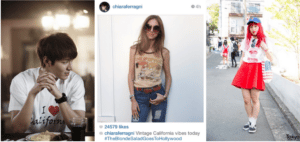
UC Davis professor of architecture and urban history Simon Sadler, describes it as (surprise) a promise of freedom and opportunity:
“California design promises to do something, to enable its subjects to attain a better and more replete future. Over-wrought though that might seem, the beautiful (Apple) boxes shipping from California contain this covenant, illusory or real.”
To wear a California shirt as a Japanese person in Japan, or Korean person in Korea, is to make a statement about your beliefs and attitudes.
And I guarantee each person wears it for a different reason.
Through whichever death and rebirth of whichever sub-brand of freedom, they found a space somewhere in the narrative to fit themselves in.
… and that is what I call the California Concept: the constant rebirth of a belief that keeps a brand coherent, but at the same creates enough latitude for a whole spectrum of meaning.
No two people I have ever met abroad have described their love of California to me in the same way.
Whether they fawn over the food culture, weather without cold seasons, surfing community, startup scene or lavish middle class living, one thing stays consistent — their belief in California’s freedom. A freedom they may feel is lacking in their own lives.
The location of the belief moves, but the belief itself remains.

What It Means To Brand Around A Living & Dying Belief
A state is very different than a CPG company or tech startup, but there are some truths here that can help us reframe branding in a forward-thinking way.
When a belief is constantly reborn, it feels new and relevant to an audience. Every generation and/ or group is able to be a part of its creation. They develop a sense of ownership and connection.
They experience a genesis that isn’t tethered to a time or place. That is why when a belief is constantly reborn, its ideas can spread further and faster.
So what does rebirthing mean exactly?
As far as the California Concept is concerned, it means a few things.
If you follow my writing, you know that I like to stick to examples of companies that do it right, rather than companies that do it wrong. It’s a lot harder to write that way, but a lot more useful.
That being said, I don’t really see a true rebirthing in any corporate brands today, and so these examples below are to help start a discussion of how the California Concept can be used in branding going forward.
1. Always keep the cycle going. Letting something emerge and form — and once it dies, letting it stay in the past — can be difficult. But that’s exactly why California works the way it does.
It’s been a trend for many brands to go back to their roots and resurrect an original (read: retro) version of themselves. That’s a strategy, and given the current consumer need for authenticity, it has oftentimes worked.
But that’s just one cycle. It can’t last forever or simply work on its own.
The belief behind the brand of Pabst Blue Ribbon is ‘autonomy’. It was an under-the-radar, independently-minded, small brewing company that, in the late 2000-aughts, stood in stark contrast to the amped up, collectivist bro culture touted by brands like Budweiser and Coors.
They were extremely smart in tapping into the hipster counterculture that most aligned with their autonomy ideal, and seeded the brand among bike messenger communities that they knew would help spread that belief to the right people.
In that strategy, Pabst’s marketers created the perfect conditions for a huge spark around the ‘autonomy’ ideal. If you lived in San Francisco at the time like I did, you likely remember the Pabst renaissance happening in every hipster bar.
They were smart in rebirthing the belief, but when it died as we reached peak PBR and the once autonomous brand was now perceived as mainstream (being consumed by yuppies and middle class parents as much as it was by counterculturists), they had done nothing to rebirth it in a new form.
That belief was contained in one moment in time and place.
Instead of being resurrected in something new, it was extended in something old.
Pabst worked hard to lengthen the cycle, but it ended up hurting the brand. Had it been reborn in another form, it would have traveled even further without being perceived as mainstream in the same way.
The rebirth of the belief creates a tight narrative, but provides room for different meanings among different people.
2. Let things die. If they won’t die, kill them. Sometimes the best way to kill something is to push something new into its place (much like romantic relationships and songs that get stuck in your head).
UC Berkeley has had a hard time rebirthing its belief around ‘human potential’, not because the school hasn’t moved into new story cycles, but because an old and very persistent cycle hasn’t properly died.
When most people think of the Berkeley brand, they think of flower child hippies in the streets, the civil rights movement, citizen activism and open-minded creativity. Put another way, they think liberal arts.
But Berkeley isn’t a liberal arts school, and it hasn’t been for a very long time.
For decades now, Berkeley has prioritized heavy investments in science, mathematics and engineering, and in 2015 it announced the launch of a $250 million fund to invest in startups are borne of UC research.
When I was there completing my undergraduate degree in Literature over 15 years ago, I wasn’t aware of this new rebirth via STEM. STEM wasn’t even in my vocabulary.
Instead, I was caught up in the old cycle of the university’s yesteryears.
Berkeley’s old reputation had been heavily communicated to me and many of my peers through music, film, media and pop culture. If you head up to Berkeley now, you’ll still find vestiges of hippie art, 1960’s inspired storefronts, and altars to its related movements.
The school hadn’t done enough to signal to people like me that this was now a time of rebirth.
I resentfully watched for 4 years as new buildings and facilities were being erected on the science campuses, while my dark and moldy literature classrooms didn’t even have enough functioning desks.
That lack of signaling created a misalignment of expectations for many students, and colored a very significant experience in our lives.
Little did we know that we weren’t really where we thought we were.
If Berkeley had killed that old story during the time of its rebirth, it would have enjoyed a much stronger and unified reputation as a school that existed around the ‘human potential’ belief, rather than a school existing around the fighting notions of science and art.
Death and rebirth help unify a brand’s narrative.
3. It’s only a rebirth if the user experiences a total change. You can’t take something old, add a veneer, and call it new.
Every rebirth must take a different form if the user is to re-commit their belief in your brand.
I hate to say this, especially given the tremendous value Apple has added to the California identity, but the company is at risk of undermining their brand belief of ‘thinking different’ if they don’t find a new way to reintroduce it to the world.
Over the past decade, the company has relied on a slew of impressive product releases to uphold the belief.
But before that, Apple used design elements (UI, iconography, typography), message-driven content in the form of compelling ads, and the bold moves of its CEO to keep the belief alive after many deaths.
Through Jony Ive’s highly publicized design vision and Angela Ahrendts’ push to turn Apple Stores into community hubs, they’ve tried to complement their product launches with other belief-building activities in this new age of Apple.
But for the consumer (especially one that is shelling out more and more cash), there is little to no new experience to be had here.
As peripheral efforts fail to live up to their potential, all that is left is the latest new device.
And relying on products alone is a risky move.
Many will agree that the experience of upgrading from an iPhone 5 to a 7 Plus felt like an exciting and meaningful change both outwardly and inwardly, but going from a 7 Plus to an iPhone X paled in comparison. Not because the feature jump was any less impressive, but because the experience of that change is no longer new to us.
The stories of design and commerce aren’t new. They’re actually quite old to the Apple DNA and very valuable tenets of heritage, but without a new cycle to resurrect the belief in a measurably new way, customers will begin to stray.
It’s only new if it feels new.
Life and death is an interesting lens to look at brand building through. We’re forced to part with the things we love before we’re ready, and embark on new paths before we even know what they are.
The greatest brands are living things that respect their own life and death cycles.
That is the magic of California, and the magic of creating something that lives outside of any borders, features or definitions you may give it.
Come to California to witness it.
Or better yet, fly out of the country to really feel it for yourself 😉


